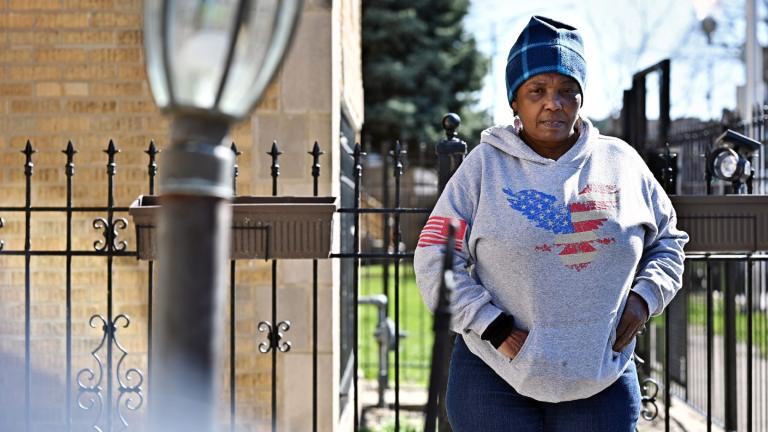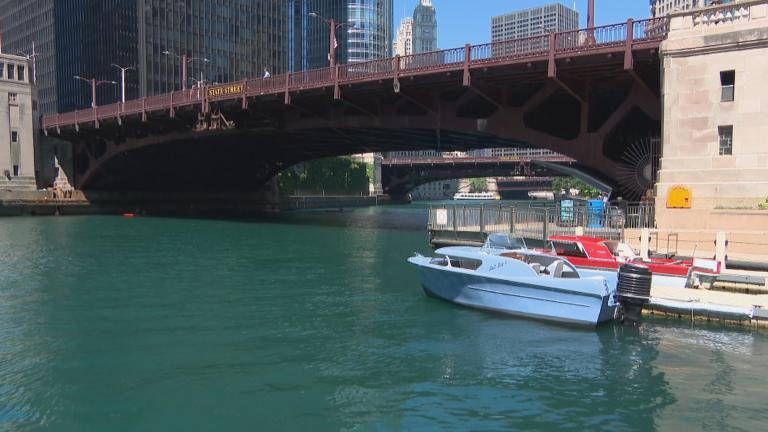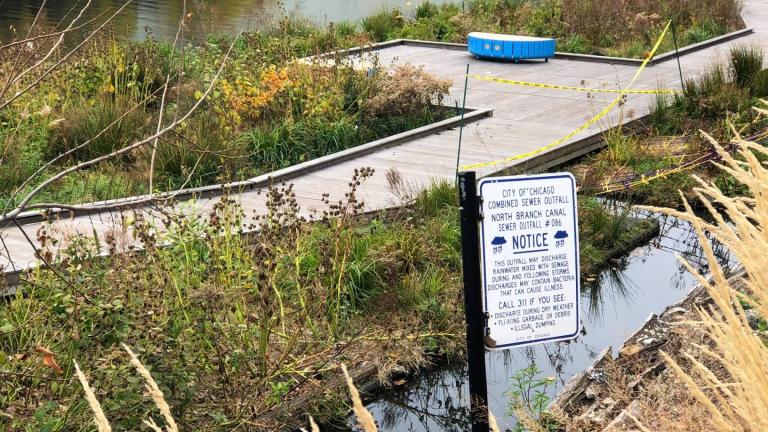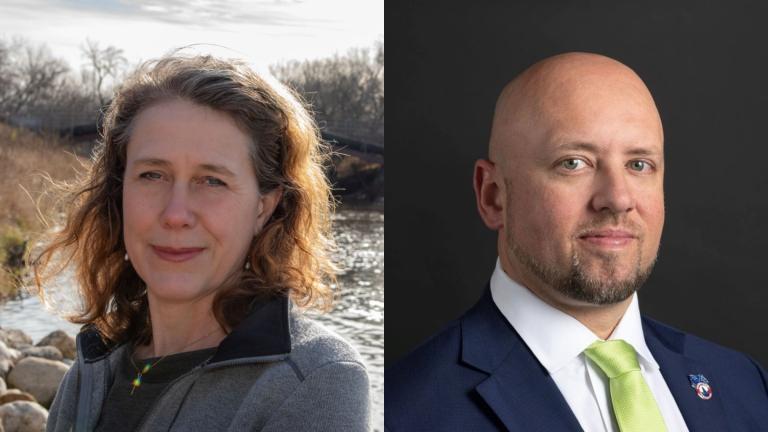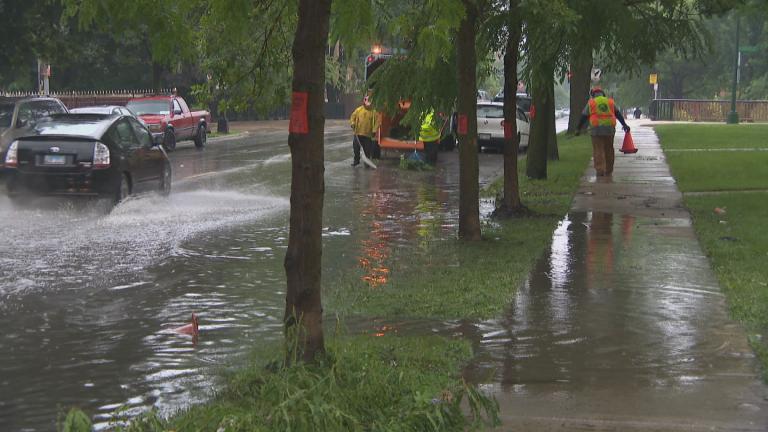Every time you flush, the waste disappears in a swirly whirl, never to be seen again. It’s magic! Actually, it’s science and engineering. And the flush is just the start.
Let’s follow that flush!
First stop: The sewer pipe.
This is where your business mingles with all the other household wastewater. You know, the scummy stuff that gets rinsed off your dishes and clothes and body.
In older cities like Chicago, stormwater and runoff joins the party, too.
That’s because Chicago has what’s called a combined sewer system.
That waste gets swept into an even lower and bigger pipe owned by the MWRD, or the Metropolitan Water Reclamation District of Greater Chicago. That’s the agency that reclaims and cleans wastewater — more than a billion gallons every day — in the Chicago metro area.
Where were we? Oh yeah, the number twos are riding the waves in the MWRD pipe.
Best case scenario, this caca cocktail is headed straight for a water reclamation plant.
Worst case: major rainfall and flooding overwhelm the sewer system, including the even bigger deep tunnel pipes, and some of these untreated presents are released into waterways like the Chicago River.
That’s right — back in the gross old days, before water treatment plants, this is where all the toilet treasures went. Straight into the river. And before that, Chicago’s sewage dumped into Lake Michigan — aka, our drinking water.
But let’s stay focused on the positive.
Today, when wastewater reaches one of Chicago’s seven treatment plants, large screens filter out big debris. The water then sits in tanks where solids settle to the bottom and are funneled away. If a throne offering somehow stays afloat, there are — and there’s no better way to say this — poop-eating microbes hanging out in the tank.
Once our microbes have done their duty, the water is sent to a final settling tank. The heavy microbes drop to the bottom, and the clean water on top flows into the waterways. But not Lake Michigan. Repeat: not Lake Michigan.
The whole process only takes about 12 hours. And that’s the story from flush to finish.

